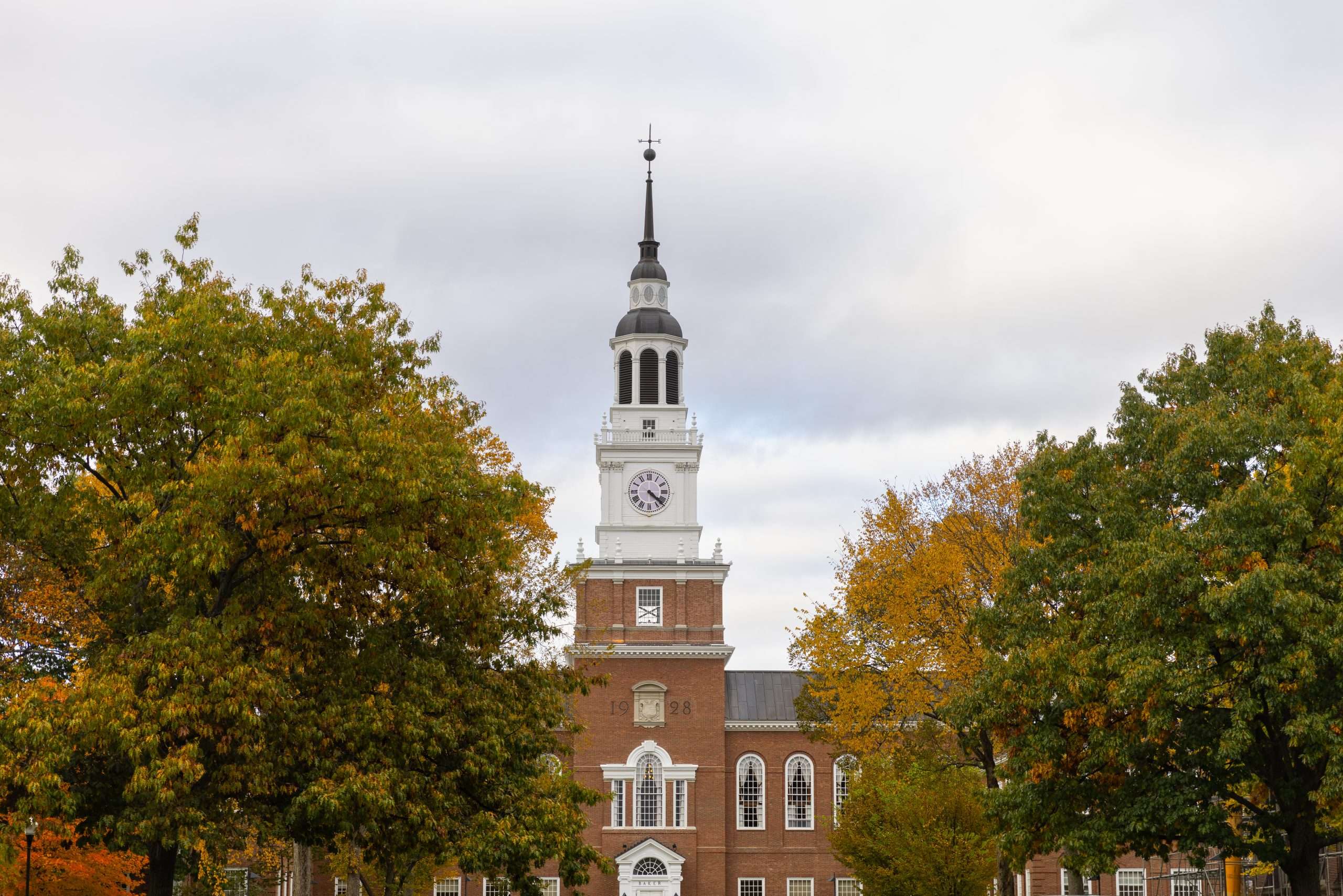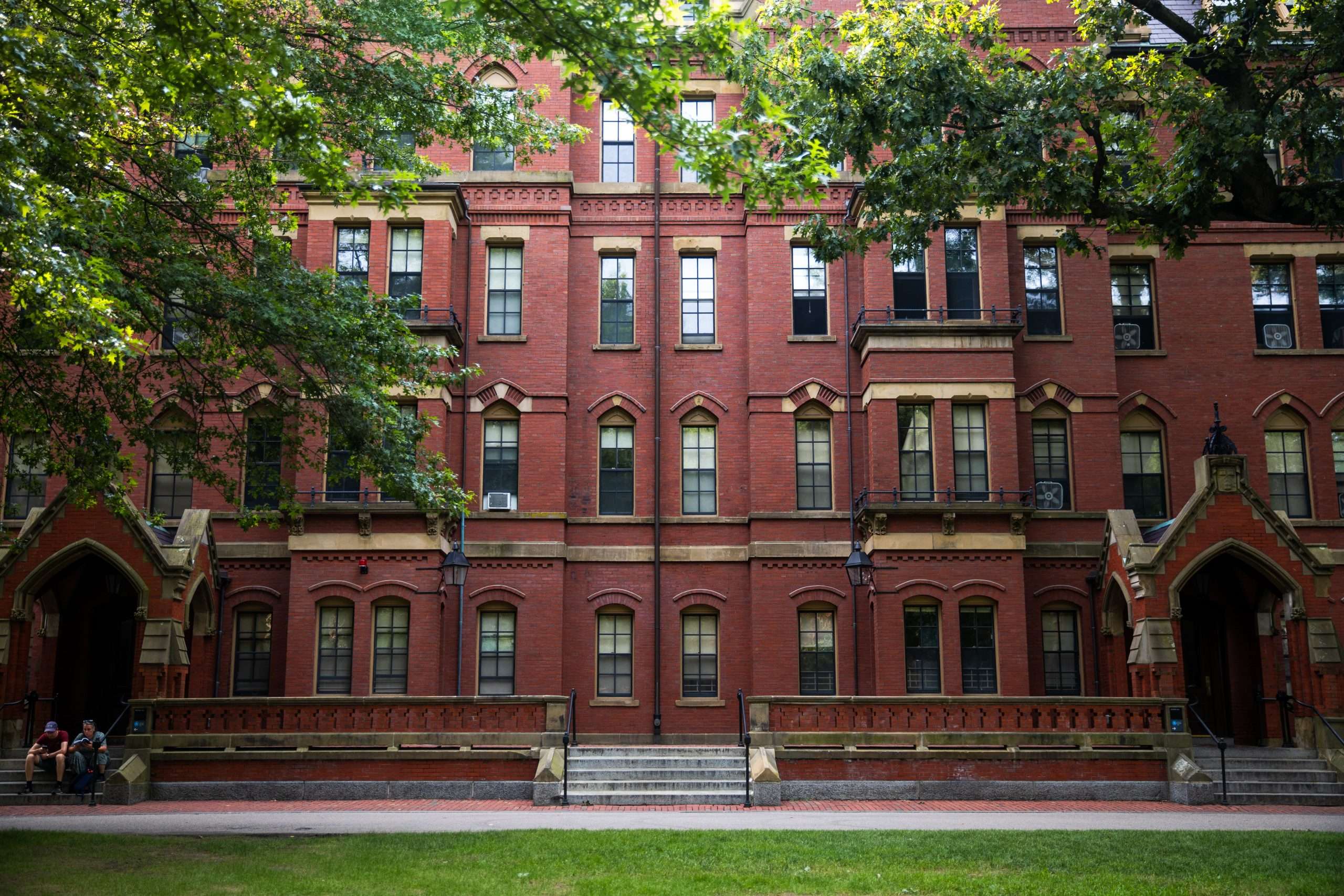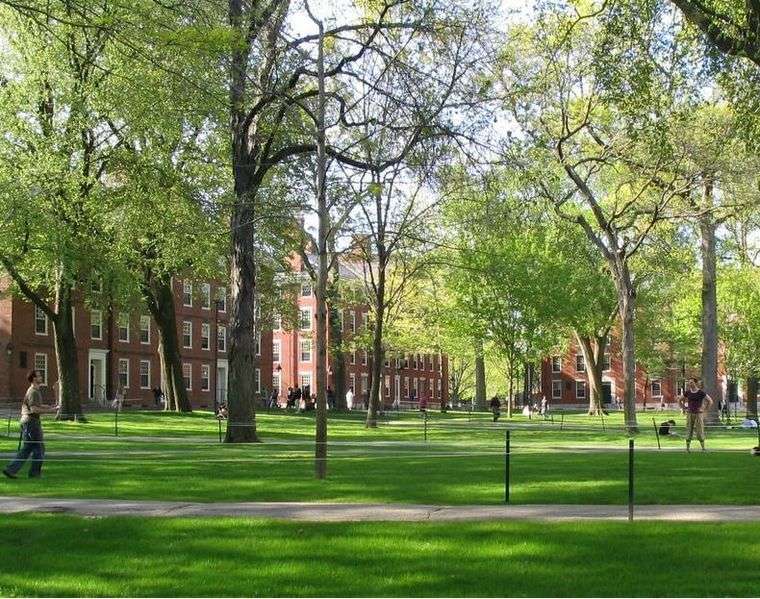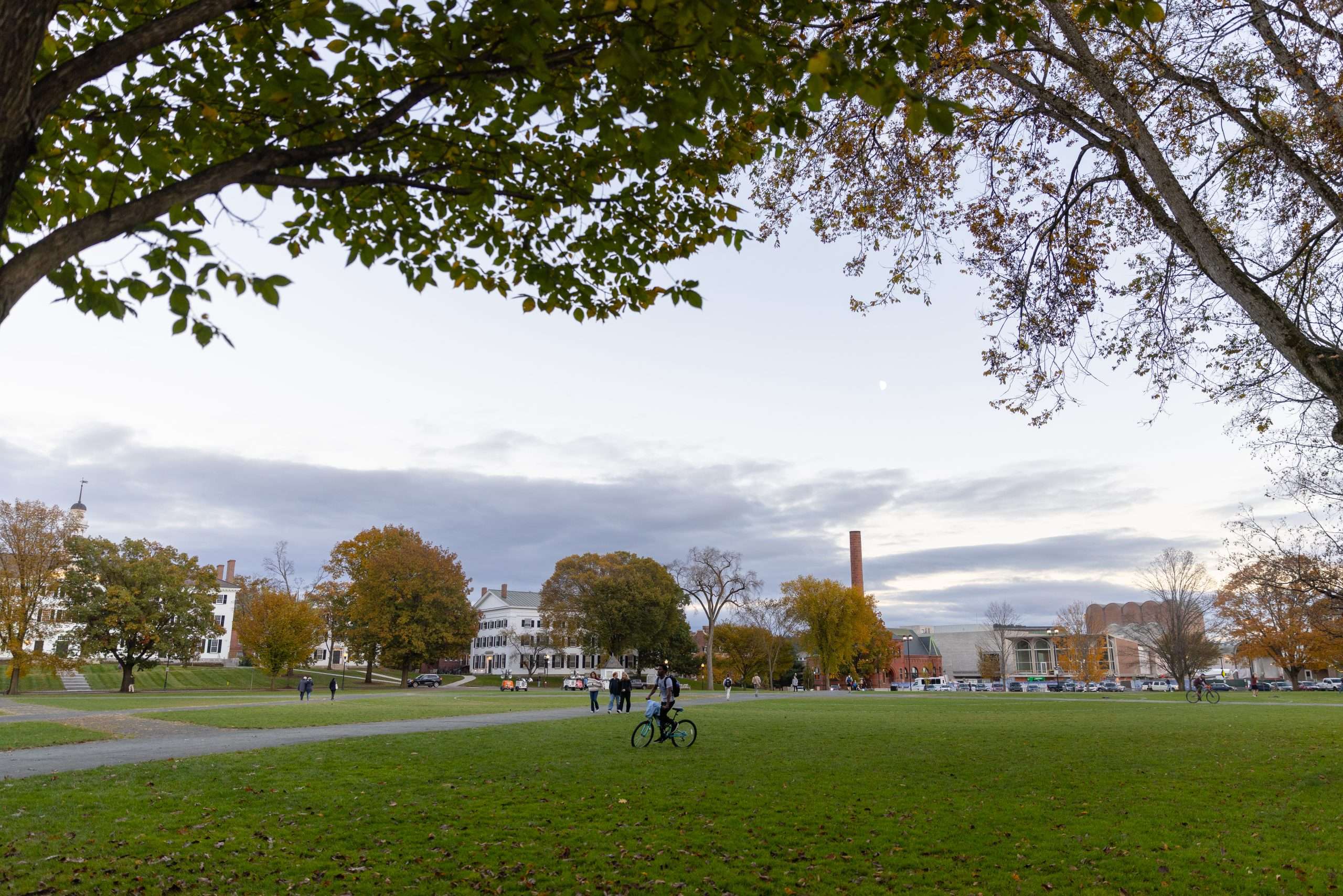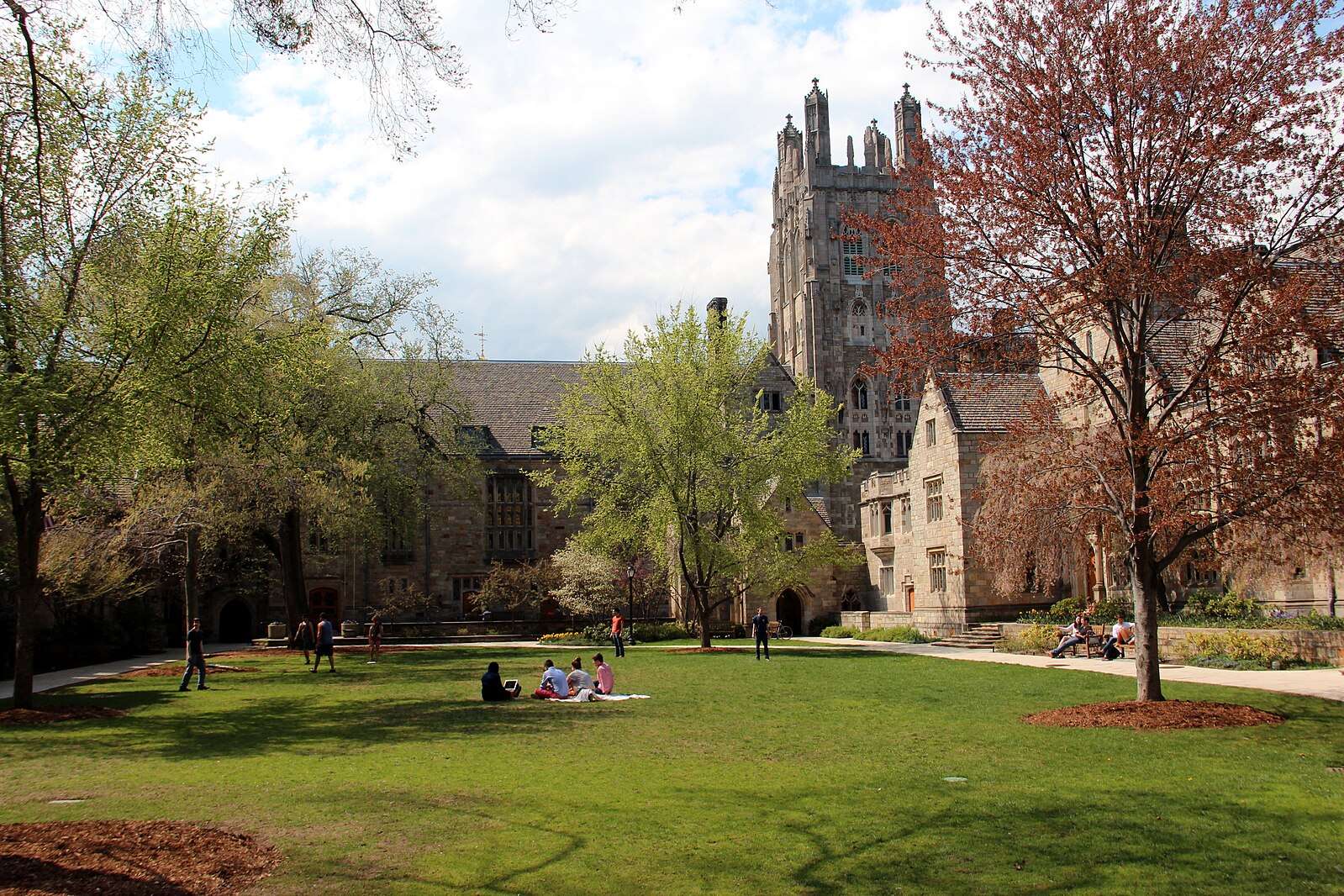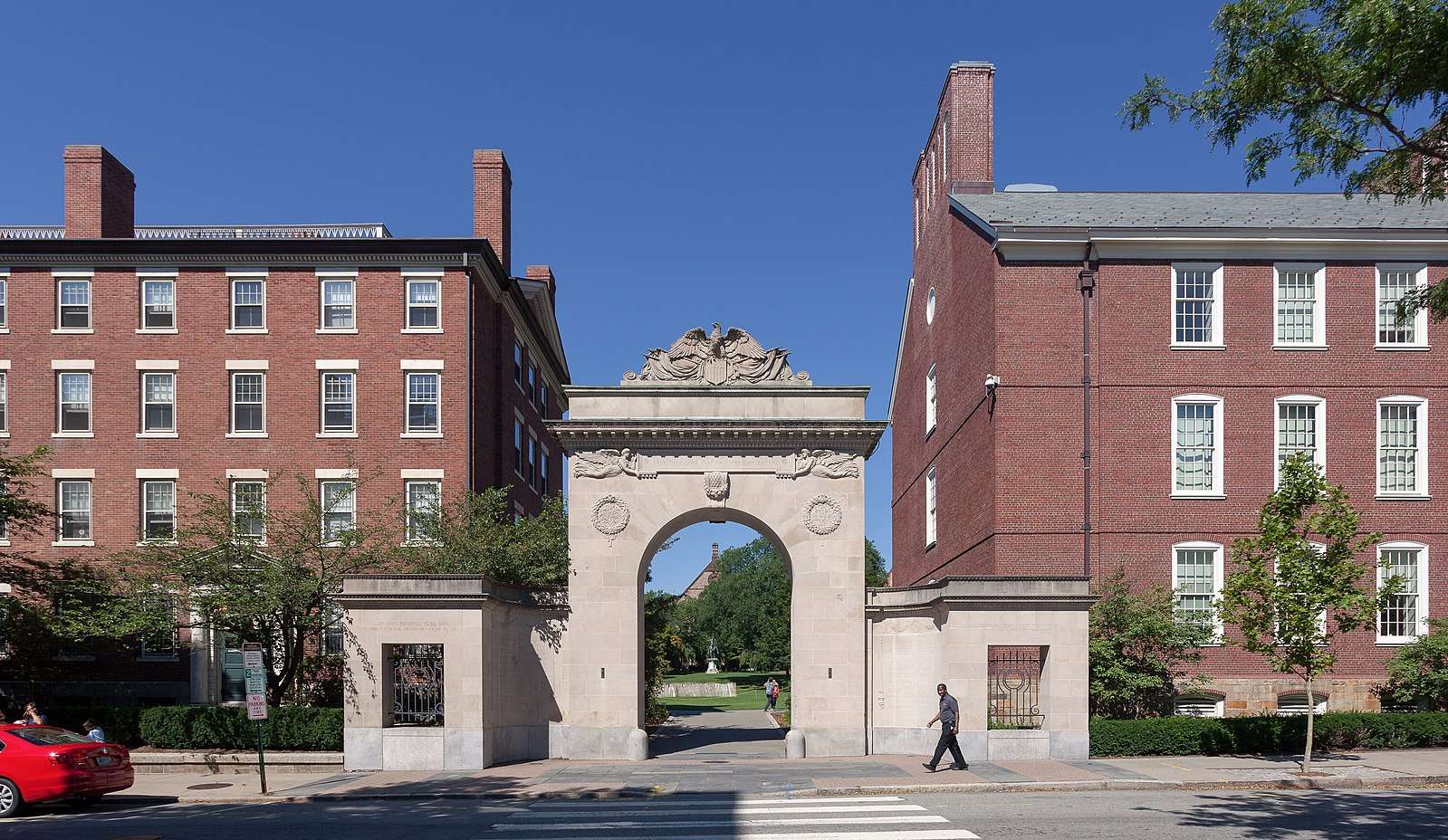The Ivy Coach Daily
Do You Have to Be Rich to Get Into an Ivy? A Look at Admissions and Socioeconomic Diversity
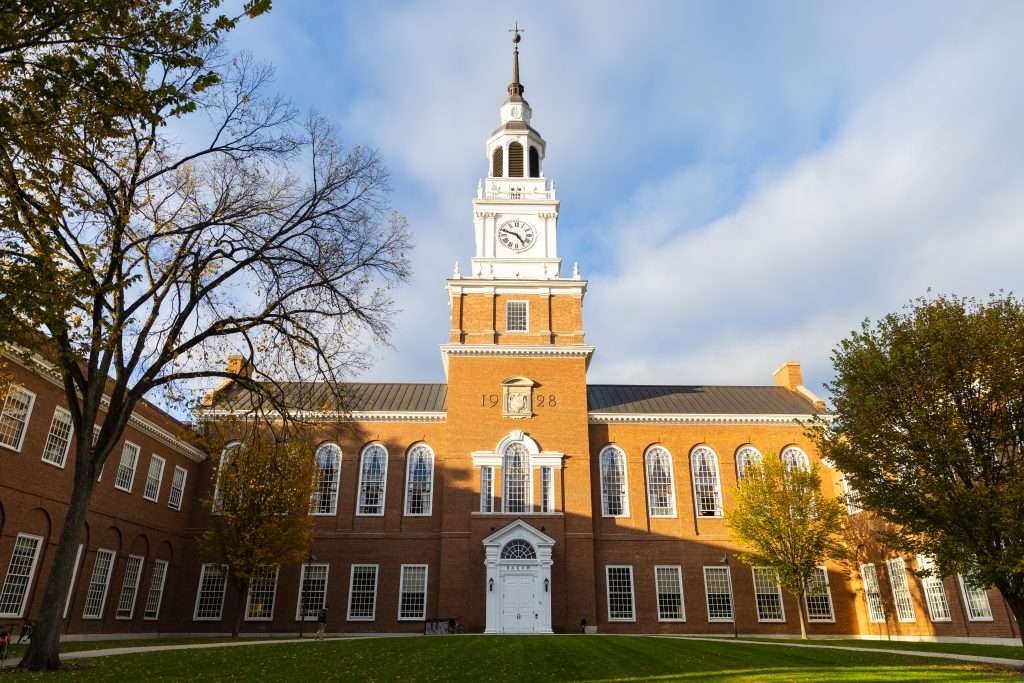
It may be true that the days of an Ivy League school composed solely of aristocratic cricket players are a thing of the past, but make no mistake: the Ivy League is still largely composed of the wealthy elite, only now they rub shoulders with students from more diverse socioeconomic backgrounds. One of the main tools in the Ivy League toolkit for perpetuating the class divide is an admissions preference given to legacy applicants.
Here at Ivy Coach, we have long decried the use of legacy admissions to give the children of alumni a leg up. But we also recognize the impracticality of doing away with it entirely, given that major donors to Ivy League universities subsidize the cost of attendance for lower-income students. An overhaul of legacy preference that makes no exception for the small handful of children of alumni donors who apply each year could put financial aid programs, which help to diversify student bodies in the first place, at risk.
Socioeconomic Diversity in Ivy League Admissions
According to data compiled by the HEA Group, a higher education research agency, 18.5% of Ivy League students in the Class of 2021 received federal Pell grants (which reflects lower-income status). Compared to a 40% recipient rate for all college students across the nation, these numbers are insufficient.
Still, the Ivy League offers some of the most robust financial aid packages available among elite colleges. Families making below certain income thresholds — $60,000 at Brown, $85,000 at Harvard, $100,000 at Princeton — can send their children to these schools for free. What’s more, these income thresholds have increased over the years. Many Ivy League schools also partner with organizations such as Questbridge and the American Talent Initiative to recruit students from disadvantaged backgrounds.
Ivy League First-Year Undergraduate Pell Grant Stats
| Ivy League Institution | All First-Year Undergraduates in 2021 | First-Year Undergraduates in 2021 Awarded Pell Grants | Percentage of First-Year Undergraduates Awarded Pell Grants |
| Brown University | 1,751 | 242 | 13.82% |
| Columbia University | 1,482 | 316 | 21.32% |
| Cornell University | 3,245 | 578 | 17.81% |
| Dartmouth College | 1,057 | 183 | 17.31% |
| Harvard University | 1,404 | 306 | 21.79% |
| Princeton University | 1,146 | 212 | 18.5% |
| University of Pennsylvania | 2,285 | 425 | 18.6% |
| Yale University | 1,264 | 262 | 20.73% |
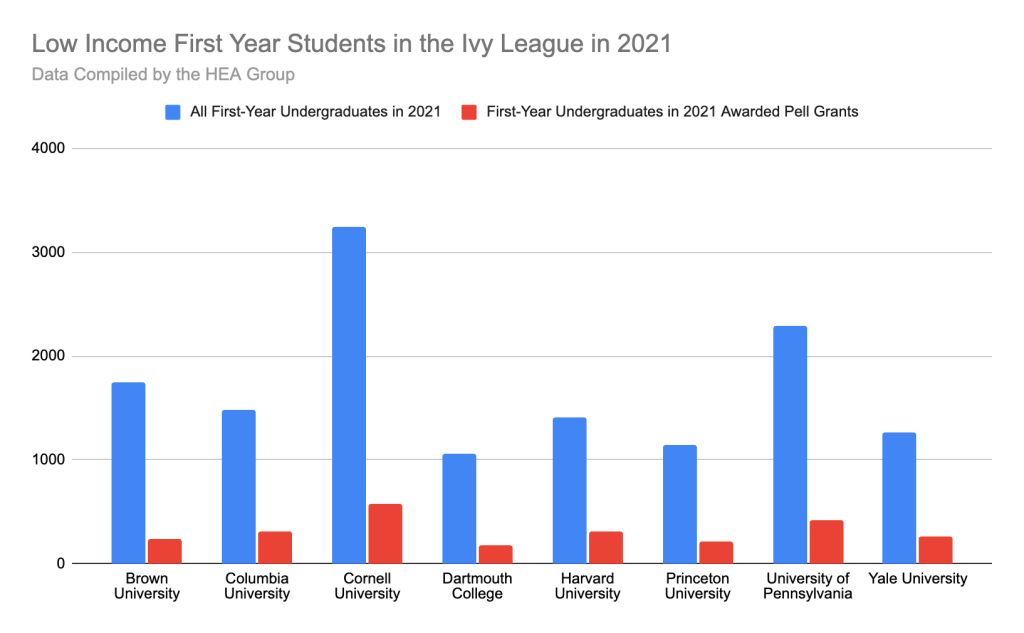
Students from the 1% Still Outnumber Those from the Bottom 60%
It is unfortunately still true that students from the richest 1% of families (those who make over $611,000 a year in the United States) are over twice as likely to be admitted as those from the bottom quintile of the income distribution bracket, and overwhelmingly outnumber their lower-income peers on campus. This overrepresentation of students from privileged backgrounds prevails even when factors such as test scores and legacy admission are accounted for, which has led The New York Times to term the phenomenon “affirmative action for the rich.”
Perhaps counterintuitively, the collective Ivy League admission rate, when controlled for SAT test scores, is the lowest for middle class students, or those whose parents have incomes between the 65th and 90th income distribution percentiles. These students are stuck between a rock and a hard place — they need some financial aid in order to attend elite schools, but they do not earn an Ivy League university the good publicity of admitting a lower income student who needs full financial aid, nor do they reflect well in data compilations of institutional economic diversity. In other words, Ivy League student bodies become stratified between a cluster of the richest students in the world, and a cluster of the poorest.
Leveling the Admissions Playing Field in the Ivy League is No Small Feat
Complex problems require complex solutions. A more equitable college admissions landscape could be on the horizon. Pressure is mounting against the unfair advantages that allow certain students to breeze through the pearly gates of elite higher education. We welcome that change here at Ivy Coach, but we recognize that it will not come unless easily. Once the Ivy League phases out legacy admissions, as we at Ivy Coach have long predicted they will, some of these socioeconomic diversity problems will improve.
With race-based Affirmative Action technically off of the table (though all colleges are exploiting Chief Justice Roberts’ loophole), need-conscious admissions could soon become a standard practice at elite universities seeking to remedy inequities, despite the backlash such measures would face. The Ivy Coach solution is similarly provocative: enshrine advantaged admissions only for the children of donors (freeing up earmarked seats in each class for ordinary legacy candidates), while doing away with legacy admissions, to protect the financial accessibility of these schools for everyone else. It might not be a popular position, but we have never been known to shy away from blazing our own path!
You are permitted to use www.ivycoach.com (including the content of the Blog) for your personal, non-commercial use only. You must not copy, download, print, or otherwise distribute the content on our site without the prior written consent of Ivy Coach, Inc.
TOWARD THE CONQUEST OF ADMISSION
If you’re interested in Ivy Coach’s college counseling, fill out our complimentary consultation form and we’ll be in touch.
Get Started